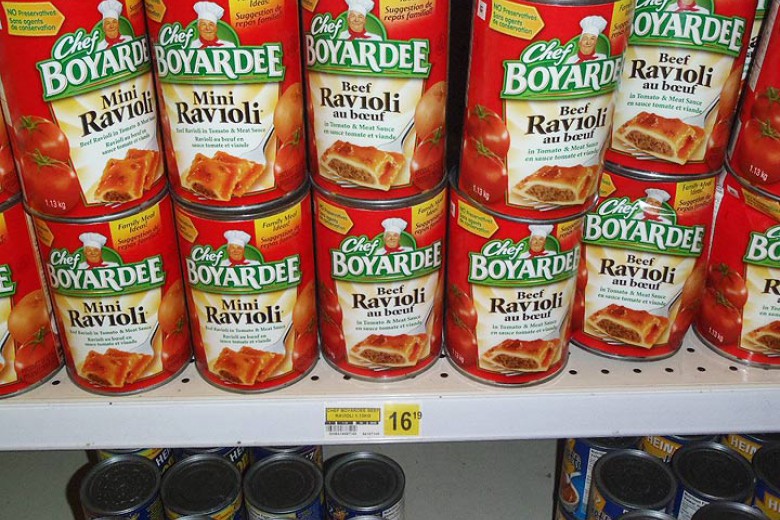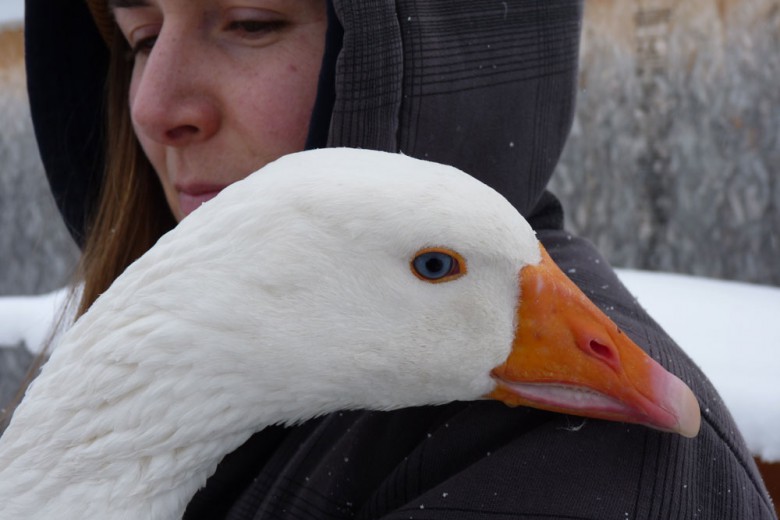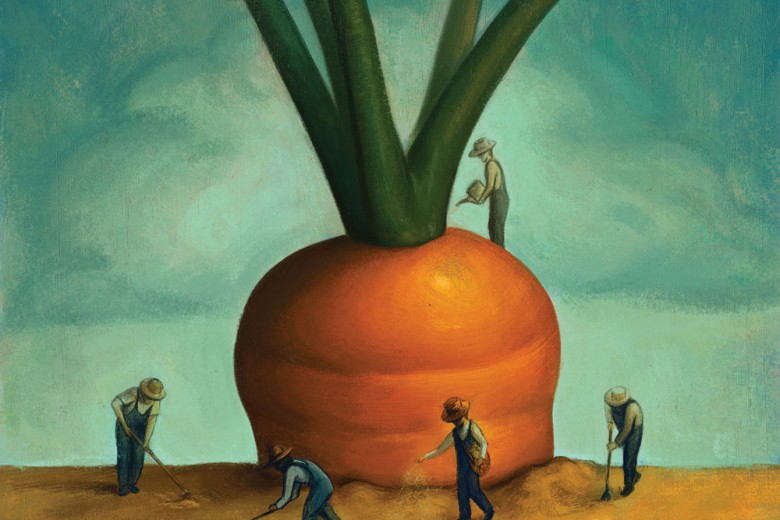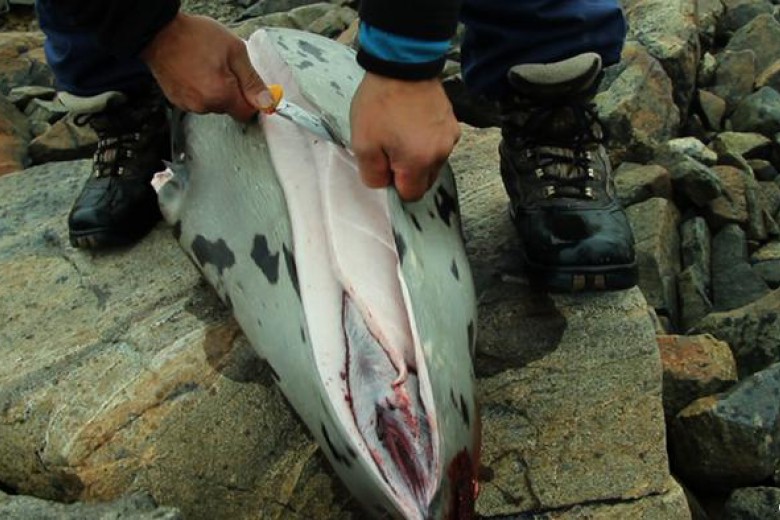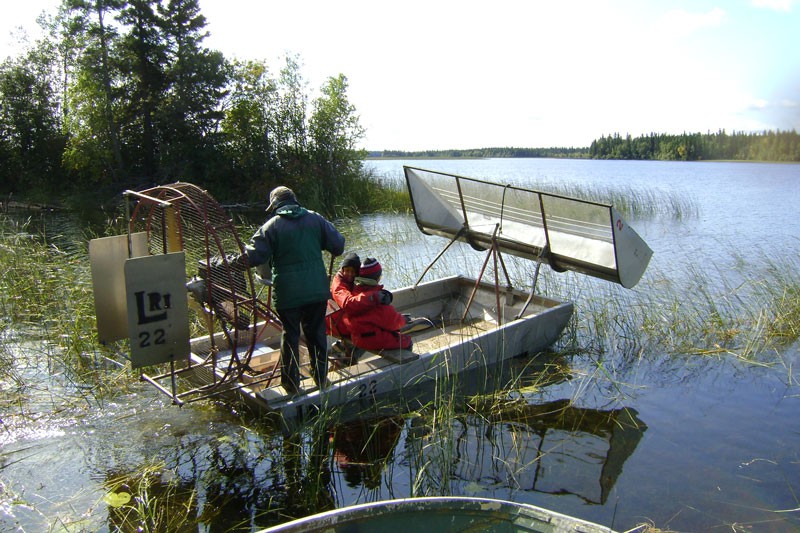
It’s not your typical harvest. Dale Smith has to travel by truck, canoe, and quad over roads, waterways, and trails to reach his wild rice crop growing in a boreal lake in northern Saskatchewan.
Northern growers in Saskatchewan and Indigenous harvesters in Minnesota have organized to maintain local control of wild rice production. Already facing the effects of climate change, they are also working to protect the plant from threats such as nuclear waste and cross-pollination from hybrid varieties.
Wild rice is not actually rice but rather an aquatic grass. It grows in lakes and river systems from Alberta to the Maritimes and is prevalent in Minnesota, Wisconsin, and Michigan. Whether in traditional growing areas or in places where waterways have been seeded, the perennial plant requires little to no labour in the lead-up to the month-long harvest at summer’s end.
With a distinct nutty flavour, the long, dark grain is high in protein, various B vitamins, and magnesium. But chances are that the wild rice in the rice mix found at your local grocery store isn’t actually wild, organic, or lake grown. Domesticated hybrid plants grown with fertilizers, pesticides, and fungicides in controlled paddies in Minnesota and California now produce the bulk of what’s called wild rice in the United States.
Those who harvest the true wild rice say once people taste it, they recognize the difference. “It’s just a totally different animal,” says Daryl Frazier, who works with an Indigenous wild rice project in Minnesota. “The texture of the rice, the taste of the rice, is just different than the paddy rice.”
A northern grain
Northern Saskatchewan produces the majority of Canada’s wild rice. It’s the original wild grain, but it’s not actually native to the province. The plant was introduced to Saskatchewan in the 1930s to provide food for the muskrat population to benefit the trapping industry. Commercial production began in the 1960s, but wild rice licences were initially restricted to local trappers. In 1981, the industry was opened up to all northern residents. Today, close to 200 independent wild rice growers have crops in lakes and river systems in northern Saskatchewan.
Growers and harvesters in the province don’t face the same level of industrial encroachment as some growing areas. “We’re sort of away from everything. We’re not in the area of the mines,” says Lynn Riese, a long-time wild rice grower and current chairperson of the Saskatchewan Wild Rice Council (SWRC). “We’re just right along the Precambrian shield.”
But no one can get away from climate change. Wild rice is particular about where, when, and how it grows. The chemistry and acidity of the soil, sediment, and water matter, as do water levels. The plant grows in 60 to 120 centimetres of water, and while some natural water circulation is ideal, significant fluctuation in the water levels during the growing season is not.
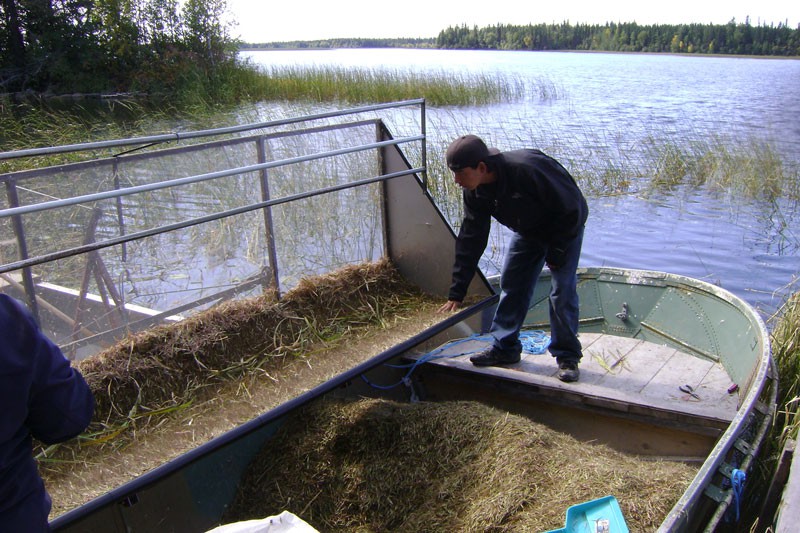
“We’re very susceptible to high water,” says Riese. “If it comes up at a certain time of the year, it drowns the wild rice. And we’ve had that more often lately. It might have something to do with climate change. I don’t know.” With more than 30 years of experience, he notices changes.
In the past, says Riese, heavy rains and high water would cause damage one year out of every five, on average. “It’s more like two years out of five now [that] we have problems with the higher water flooding, with the water coming up in our lakes.”
Strong winds, heavy rains, and hail can also damage the crop, and Riese has noticed an increase in those weather patterns as well. “We also have a problem with winds because it’s what they call a shattering plant. Wheat and things like that, they change them so they don’t shatter. The wind doesn’t bother them as much, so they go through with combines and beat it off. But with wild rice, it falls off naturally. The way we pick it, we just hit it – we knock it into trays when we go along with boats. But the wind has been stronger than normal in the fall for the last three years,” says Riese, adding that 2013 was the worst year for hail in years.
Growers’ control
Growers in Saskatchewan can’t control the weather, but they are trying to have more of a say in the industry. The agenda of the SWRC was more or less set by the provincial government for years, says Riese, but lately growers have been taking back the reins of the member-run organization. At the 2013 annual SWRC conference in La Ronge, there was a proposal to open up the industry to southerners, but the majority of growers voted to keep wild rice in the hands of northern growers.
With only a couple of exceptions, wild rice is produced in Saskatchewan’s northern administration district (NAD), a region covering approximately half the province. More than 80 per cent of the NAD’s 37,000 inhabitants are Indigenous – primarily Dene, Cree, and Métis. According to the wild rice regulations established by the province, wild rice permits and leases on Crown lands in the NAD are restricted to northern residents who have resided above the NAD line for 15 years or half their lifetime, whichever is less. There’s no guarantee the province will act on a SWRC motion, but board members believe growers’ decisions will be taken into consideration.
Smith, a Métis wild rice grower from the northern village of Pinehouse, became a SWRC board member in 2012. At the April 2013 annual conference, he voted to keep the northern residency requirement in place. Depending on their location, growers may interact with other land users like trappers, and understanding restrictions and respecting protocols are important, says Smith.
Processing is also owned and controlled in the North. Some growers and buyers take their wild rice to Denare Beach or over the Manitoba border to The Pas, but the La Ronge Wild Rice Corporation processing plant is centrally located in La Ronge. Northern bands – Lac La Ronge Indian Band, Peter Ballantyne Cree Nation, and the Meadow Lake Tribal Council – are the principal shareholders.
Harvesters and buyers bring in their rice to be weighed before processing. “We lay it out on the pad, and that’s where it will ripen or cure,” says Michael Klassen, manager of the La Ronge Wild Rice Corporation. “It turns really black. And once it’s black, then we put it through the plant, where it gets [parched]. We dry it right out. And then we hull it, grade it, and bag it.” The plant’s output varies with the harvest. In 2012, 1.3 million pounds were processed in La Ronge, and just shy of 1.1 million pounds in 2013, says Klassen.
Native Harvest’s wild rice activities on the White Earth Indian Reservation in northern Minnesota are smaller in scale. “This [past] year we went to Rice Lake, on the reservation,” says Daryl Frazier, chief financial officer for Native Harvest. “[We] waited on the shore and paid $1.75 a pound for the rice coming in off the lake and purchased approximately 13,000 pounds of wild rice from natives harvesting rice on the reservation.”
Traditional lifeways
As in parts of Manitoba and Ontario, the harvest on White Earth is an important Anishinaabe tradition. Wild rice is the food that grows on the waters – the prophesied destination of a long migration westward to the ricing areas around the Great Lakes region. Traditionally, the grain is hand harvested in canoes, dried, parched over a fire, hulled by foot with special moccasins, and winnowed by hand using birch bark trays.
Today, says Frazier, it is still hand harvested in canoes but parched at a facility on the farm of Winona LaDuke, a local activist and author, before being processed, packaged, and sold by Native Harvest. “Just carrying on traditional practices for the spiritual and cultural heritage here is very important to the people living in this reservation,” says Frazier. “Rice Lake is pure. It’s as the Creator intended wild rice to be grown and harvested.”
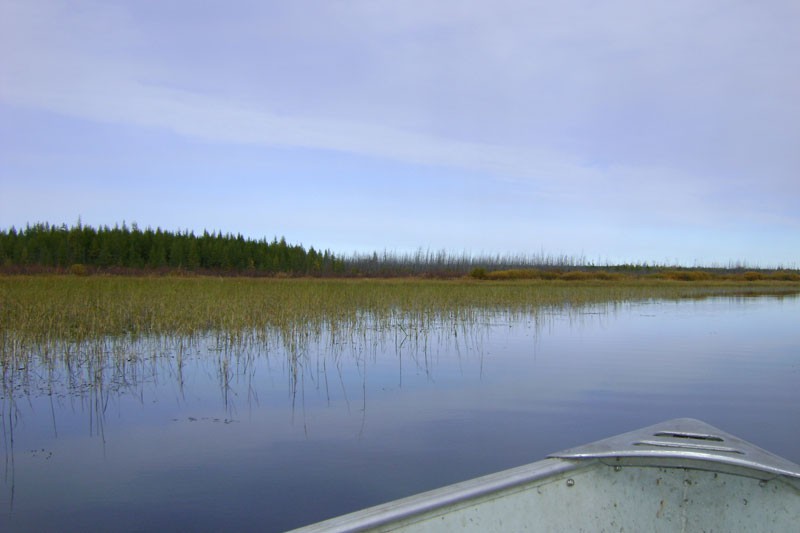
Elsewhere in Minnesota, and in California, domesticated hybrid plants are grown with chemicals. Tribal councils and Indigenous organizations in Minnesota have denounced the risks to native wild rice of potential cross-pollination from hybrid varieties, and there are concerns about possible genetically modified strains. “Anishinaabeg have long contended that paddy rice stands are contaminating the natural lake stands,” wrote LaDuke in an article published by Cultural Survival Quarterly. Cross-pollination is facilitated by ducks and waterfowl that “move freely between both areas,” wrote LaDuke. Wild rice in Minnesota is also under threat from industrial encroachment, but a recent court case upheld the protection of the traditional crop from mining industry pollution.
Back in northern Saskatchewan, Smith brought a second motion to the April 2013 Saskatchewan Wild Rice Council conference, proposing the SWRC oppose plans for the storage and transportation of nuclear waste in the northern region. Smith’s home community of Pinehouse, the English River First Nation, and the town of Creighton, along with 17 communities in Ontario, are all participating in the Nuclear Waste Management Organization’s site selection process for a deep geological repository to store spent nuclear fuel rods from nuclear power plants out east. “We had a small discussion on what it may all mean to the industry,” says Smith. The resolution passed unanimously.
It’s too soon to know what kind of weather the skies have in store for the 2014 growing season. But like Smith, traditional growers and harvesters from Saskatchewan to Minnesota are organizing to protect the waterways and lands home to their wild rice.


